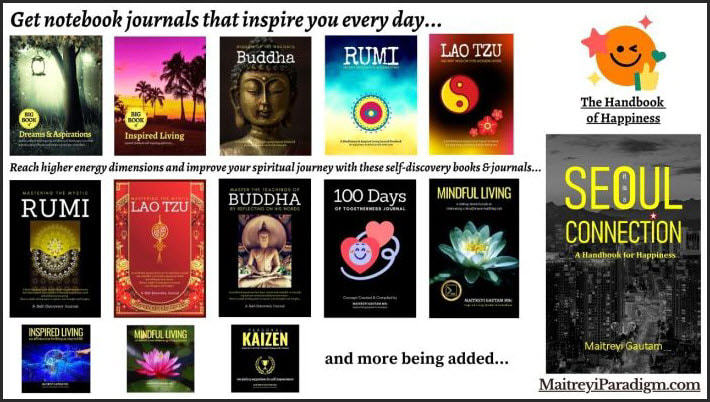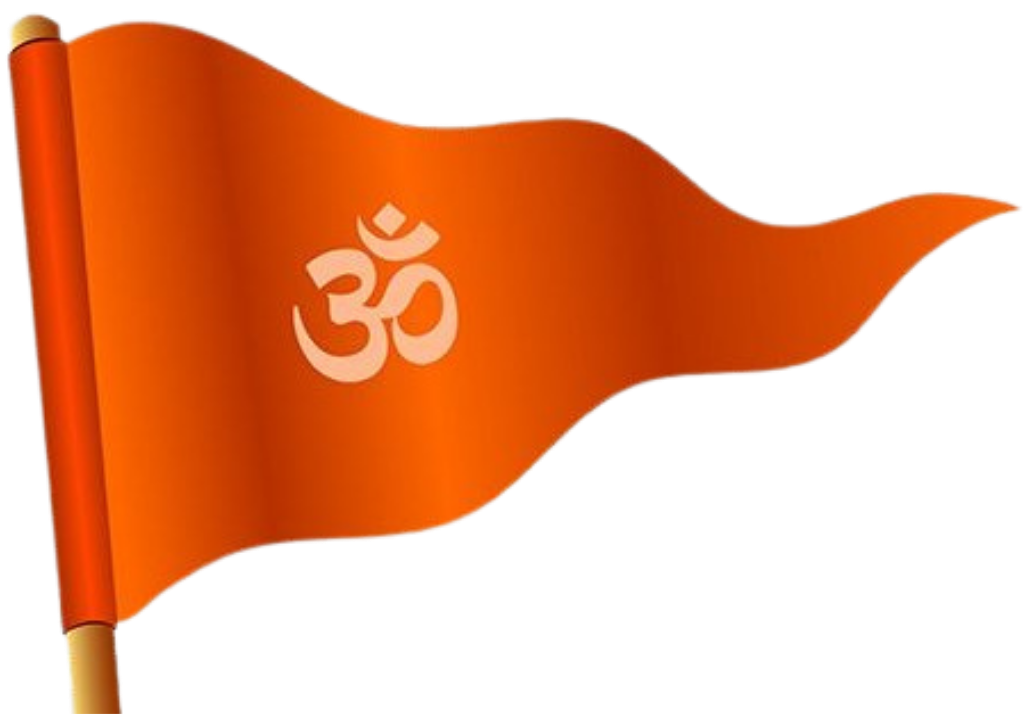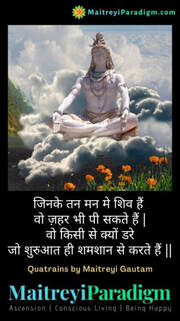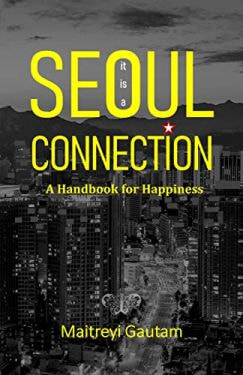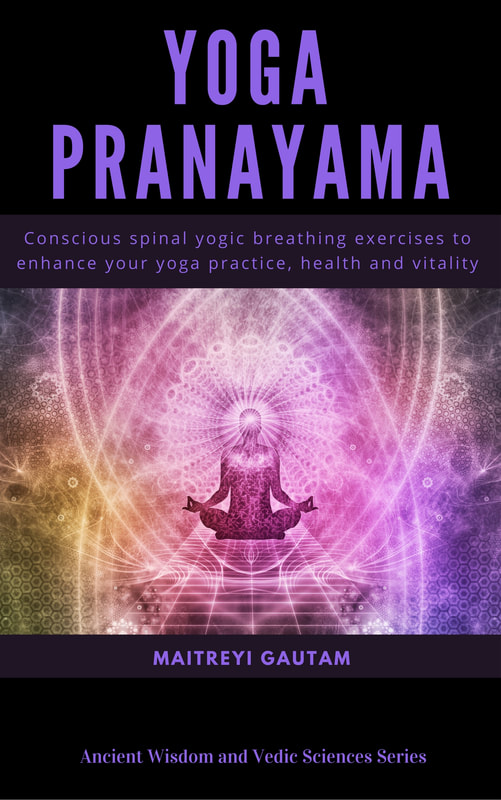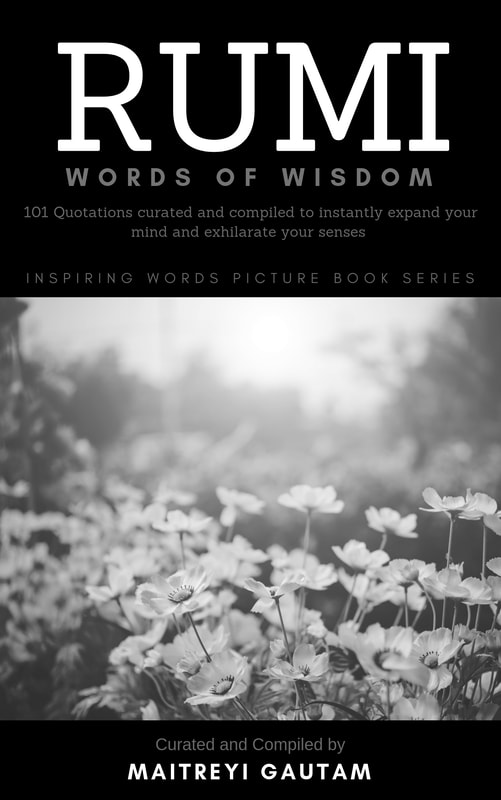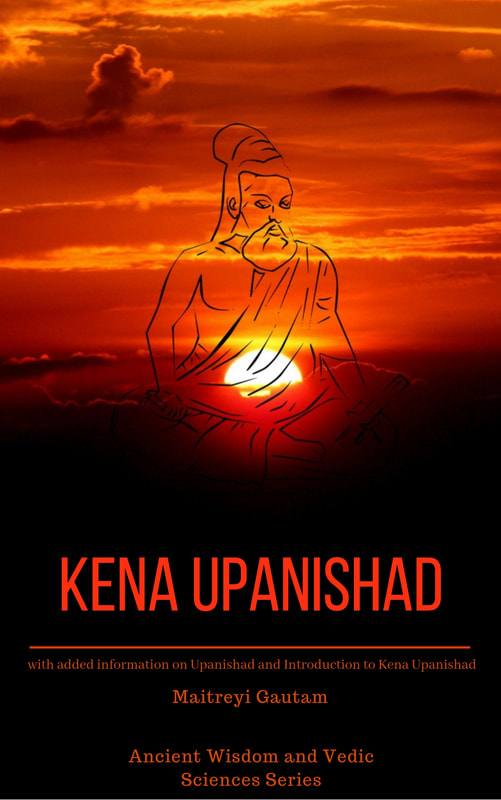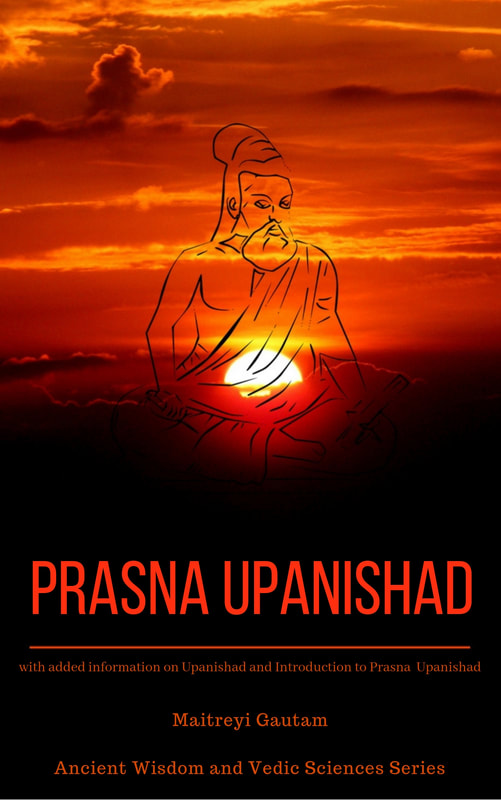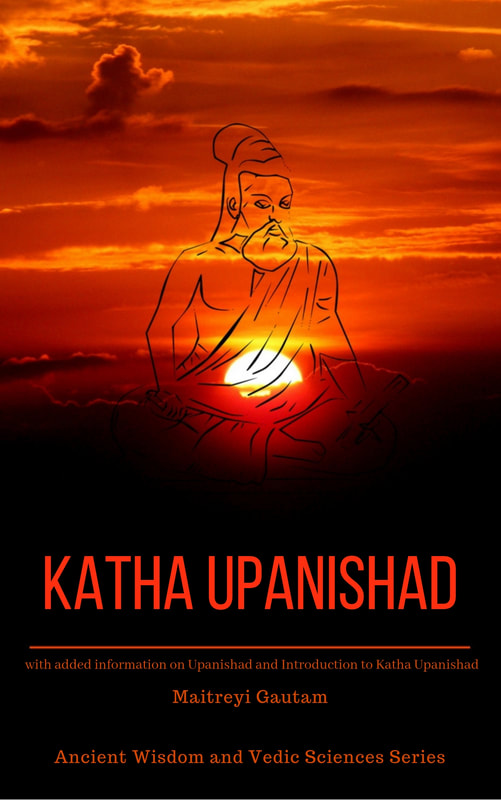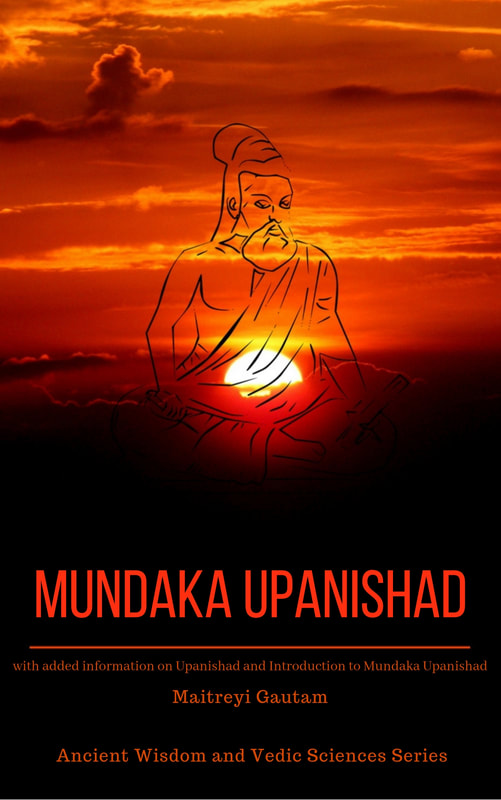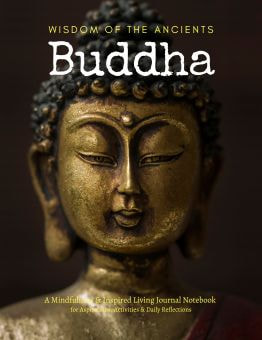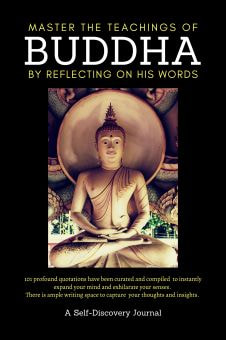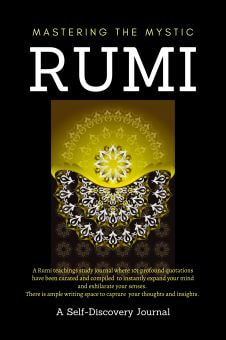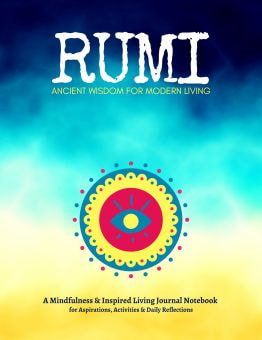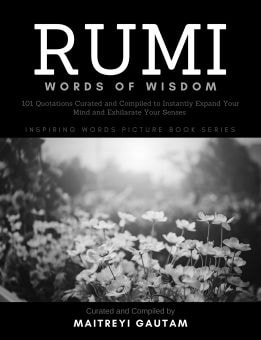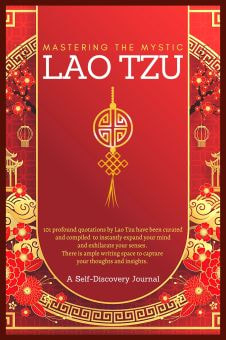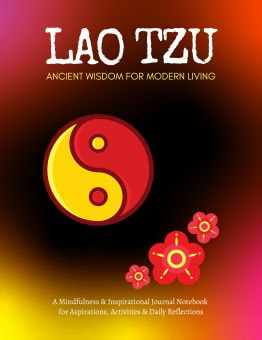- Worship of Goddess Kali: The most significant association of the Munda mala is with Goddess Kali, a fierce form of the Divine Mother. Goddess Kali is often depicted wearing a garland of skulls, symbolizing the transcendence of ego and the impermanence of life. Devotees and Tantric practitioners use the Munda mala while reciting mantras dedicated to Goddess Kali to invoke her transformative power, seeking liberation from ego-bound limitations.
- Tantric Rituals: The Munda mala is also associated with certain Tantric practices. In the Tantric tradition, this mala is used for specific rites that delve into deeper spiritual truths, often challenging conventional perspectives on life and death. These rituals are usually aimed at attaining spiritual enlightenment, mastery over one's lower self, and freedom from worldly attachments.
- Meditation on Impermanence: The skull, being a symbol of death, serves as a powerful reminder of the impermanence of life. Some spiritual practitioners use the Munda mala for meditations focused on understanding the transient nature of existence, helping to detach from worldly desires and focus on the eternal soul.
- Worship of Lord Bhairava: Lord Bhairava, a fierce manifestation of Lord Shiva associated with annihilation, is another deity connected with the Munda mala. Bhairava is often depicted with a garland of skulls, signifying his power over death and time. Devotees might use the Munda mala when invoking Lord Bhairava, seeking his blessings for protection, liberation, and transformation.
It is essential to approach the use of the Munda mala with reverence and understanding. Given its profound significance and association with potent energies, it is not recommended for casual or uninformed use.
As with many spiritual tools in the Vedic tradition, especially those related to Tantric practices, consultation and guidance from a knowledgeable guru or spiritual expert are crucial to ensure proper and respectful use.

